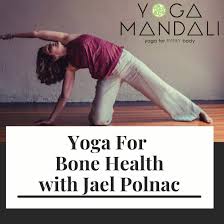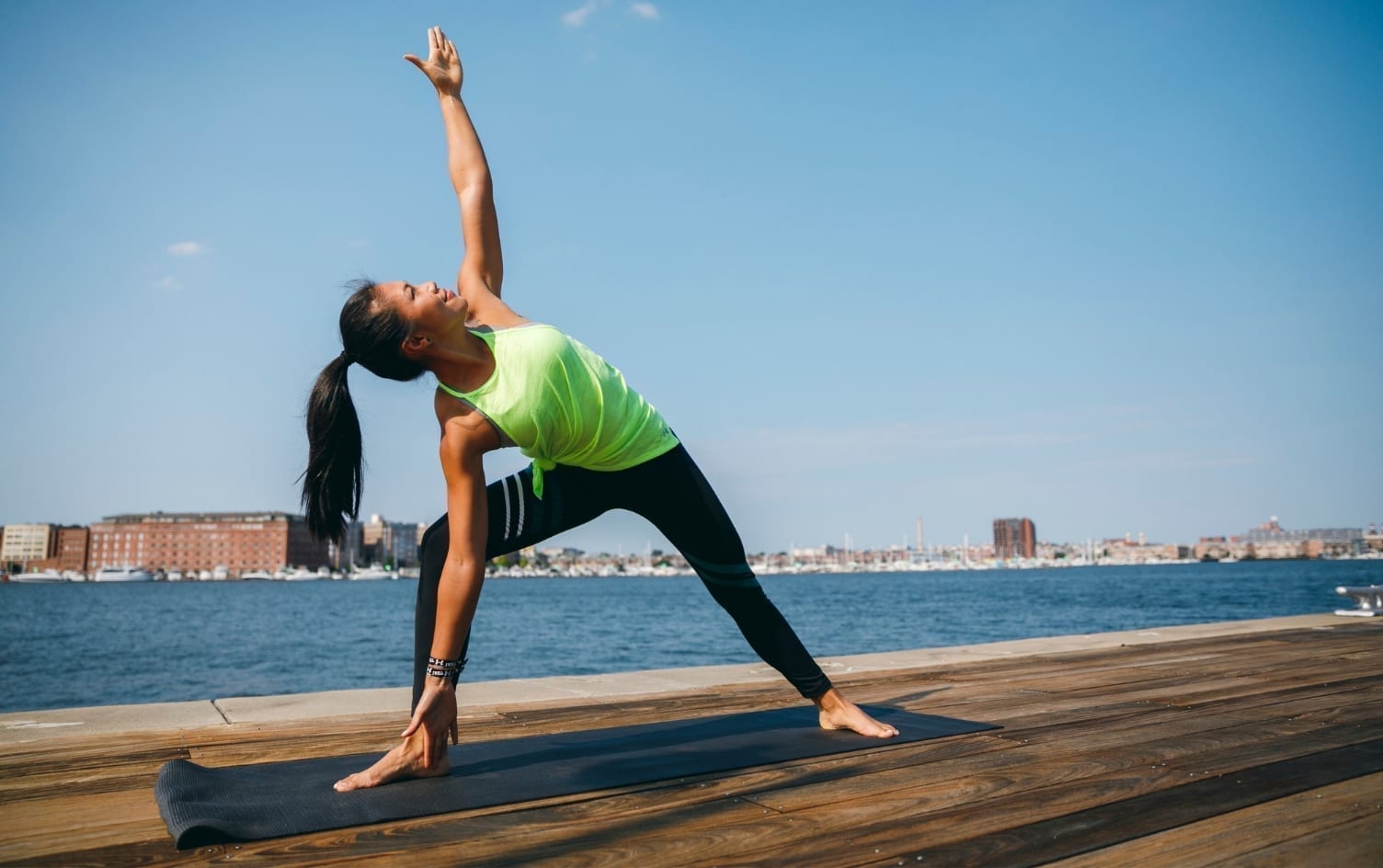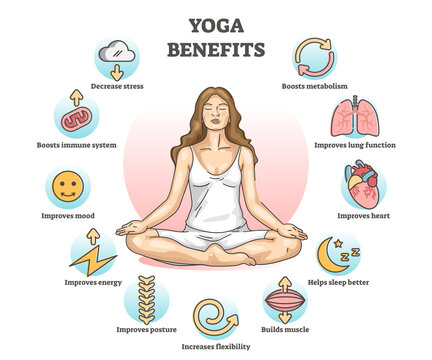
Yoga science is the backbone of modern yoga. It covers a wide range of human sciences, such as anatomy and physiology. The practice of yoga can be a beneficial way to manage stress and improve physical and emotional health. Yoga science can be found in many forms, from meditation to physical poses. There is a practice that suits everyone, no matter your level of experience.
Meditation
Leonard Perlmutter was the founder and president of the American Meditation Institute. His life has been dedicated to helping others learn more about meditation and yoga. American Medical Association (AMA) and American Nurses Association (ANA) endorse his courses. He is the author of The Heart and Science of Yoga, an encyclopedia of the principles of yoga and meditation.
Physical poses
Yoga practice can improve circulation. You can do this by flexing and contracting your muscles. This allows for greater oxygen reach to the cells due to increased blood flow. This can prevent strokes and heart attacks that are often caused by blood clots. Furthermore, strenuous positions increase heart rate and pump extra blood throughout the body. The circulation of blood to the lungs is also improved by inverted yoga postures.

Deep breathing
This exercise can help us to control our breathing and increase our energy levels. This practice, also known under the name pranayama (alternate nostril breathing), is also known. This method of breathing purifies the nadis (pingala), and ida. It helps to calm the nervous system, reduce stress and anxiety.
Control of mood
Yoga is known for its ability to improve the mood. According to a Journal of Physiology study, regular yoga practice can improve brain levels of GABA. This neurotransmitter regulates nervous activity and helps regulate it. It has been shown that a higher level of GABA can lead to a decrease in anxiety and depression, as well as a more positive mood.
Stress management
Research has shown that yoga can help with stress management. Researchers have discovered that yoga can reduce anxiety and stress in a variety of people. The extent to which yoga can reduce stress will depend on how and how often it is practiced.
Multiple sclerosis
Numerous studies have shown that yoga can be a beneficial therapy for MS patients, both emotionally and physically. The physical benefits include improved balance, flexibility, and posture, and improved circulation and digestion. Yoga has been shown to reduce fatigue, spasticity, pain, and other symptoms. Yoga can also help improve coping skills.

Asthma
Yoga's earliest records date back to 5,000 BCE. It evolved gradually over time to the form we currently know. Yoga, which means union or joining, or linking together in one whole, uses the breathing to connect the body with the mind. If done properly, yoga can control Asthma.
Carpal tunnel syndrome
Yoga can offer many benefits and may help relieve symptoms of carpal tube syndrome. This condition causes pain in the thumbs, wrists, and fingers of people with it. Flattening or sagging of the carpal bones is what causes this condition. The pressure placed on the median nerves, tendons and other vital organs can lead to the condition. Many people suffering from carpal tunnel syndrome feel pain in their thumbs, fingers, and wrists.
FAQ
What are the best types of yoga mats?
There are several types of yoga mats available. You can pick one based on price, size, and endurance.
A high-quality mat will be thick enough for protection, but thin enough to be easily moved.
An inexpensive mat might not be enough to provide sufficient support.
How much yoga do you think is excessive?
It's important not to forget that yoga isn’t a sport. There is no maximum number of repetitions you have to do before you start getting tired. Instead, focus on enjoying the experience and taking things slowly.
If you make a mistake once in while, don't be discouraged. Keep going where you are at the moment.
Start with 10 to 15 minute sessions if you are new to yoga. Then, work your way up.
How many types of yoga are there?
Bikram Yoga, also known as Bikram heated yoga, is the most common type of yoga. Other forms include Hatha, Ashtanga, Vinyasa, Iyengar, Kundalini, Yin, Power Yoga, Flow Yoga, Reiki, Pilates, Restorative, Aerial, etc.
Statistics
- Start your Fall off right with 20% off All Access Membership when you sign up by 9/25! (corepoweryoga.com)
- About one in seven U.S. adults practiced yoga in the past 12 months, according to a 2017 national survey. (nccih.nih.gov)
- Gentle yoga has been shown to ease some of the discomforts of tender, swollen joints for people with arthritis, according to a Johns Hopkins review of 11 recent studies. (hopkinsmedicine.org)
- According to the Agency for Healthcare Research and Quality, falls are incredibly common among older adults in nursing facilities. Even the simplest ones can increase the risk of death (24). (healthline.com)
- A 2020 review of 27 studies (1,805 total participants) of yoga interventions in children or adolescents found reductions in anxiety or depression in 70 percent of the studies, with more promising results for anxiety. (nccih.nih.gov)
External Links
How To
Which is the best place to do yoga?
There is no right or wrong way of practicing yoga. Every person is different. Only you need to choose the positions that feel most comfortable.
Here are some commonly used positions:
Standing poses - These are great for beginners as they allow you to view your body from many angles. They make it easier to concentrate on your breathing.
Forward bends: Forward bends are used to stretch tight areas. You can either do them lying down or while sitting.
Backbends: Backbends can be considered advanced poses. You should consult your instructor before you attempt one.
Inversions - Inversions are poses that require you to balance yourself upside down. This is a challenging but rewarding type of yoga.